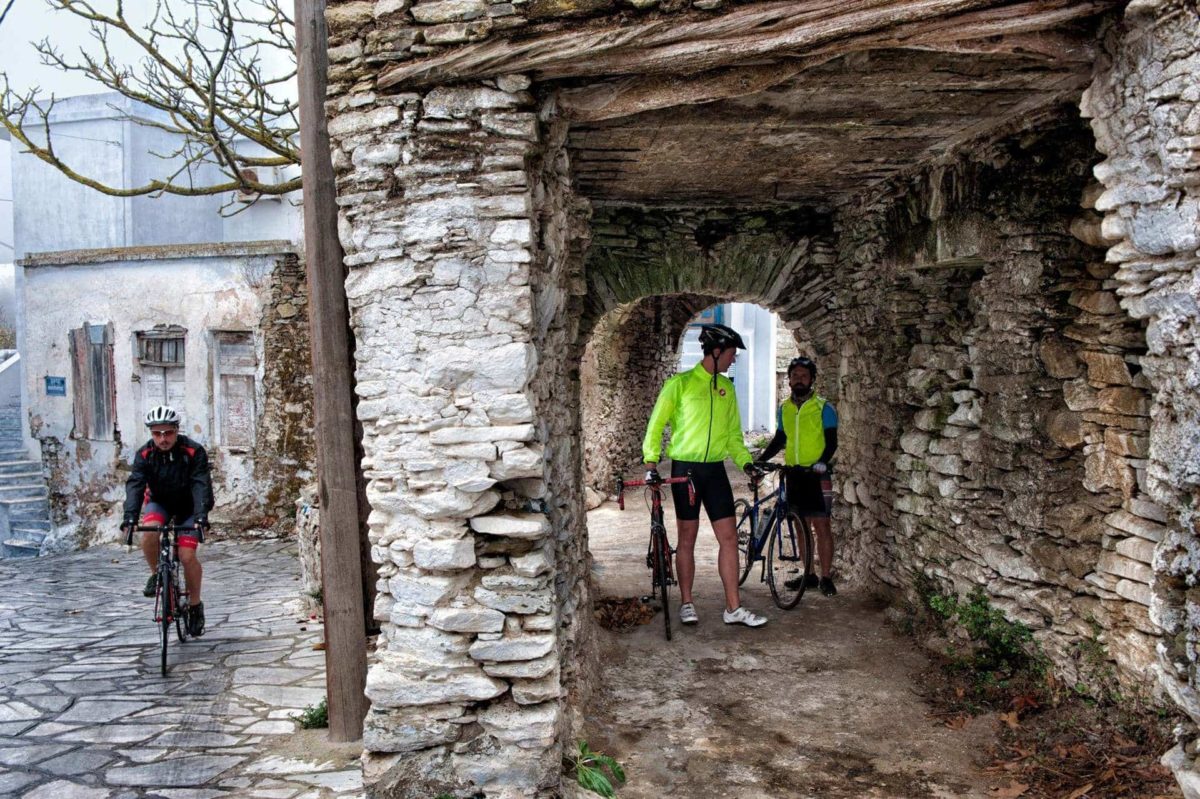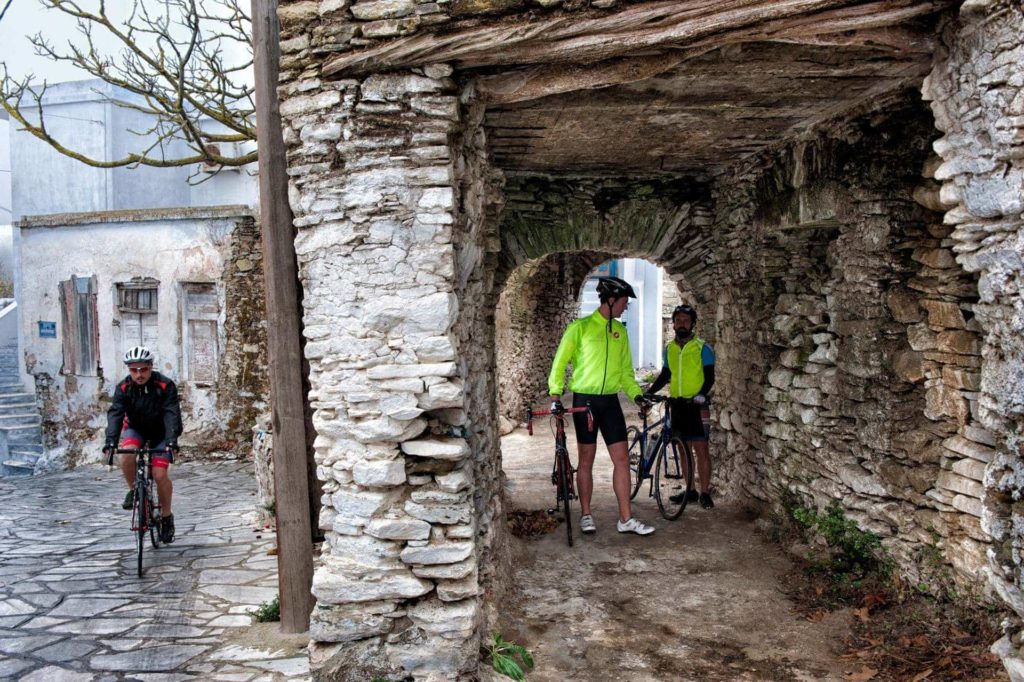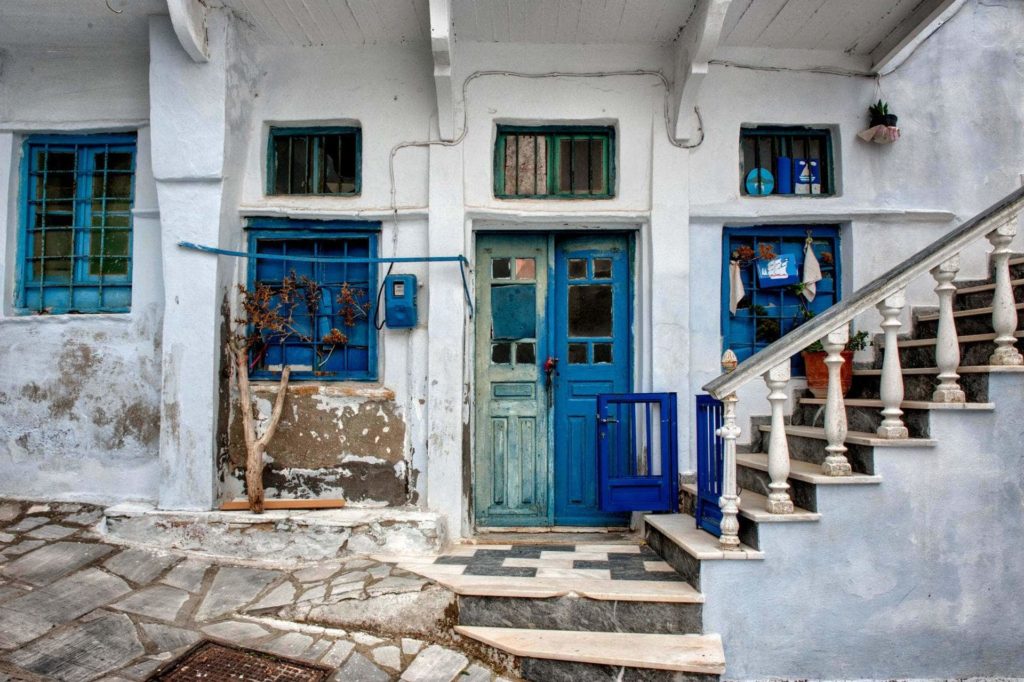Steni is a picturesque and rather lively village, the second largest on the island. The inhabitants, both Orthodox and Catholic Christians, coexisted in harmony, during extended periods of time. The folk museum, founded here in 2000, is open during the summer period and contains a big collection of traditional everyday items, among which some old household utensils that were used two hundred years ago.
Categories
Steni Village
Steni is the second largest village in Tinos, and remains rather busy throughout the year. It is a traditional and picturesque settlement, with whitewashed buildings, narrow alleys and stone paved paths.



